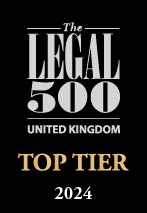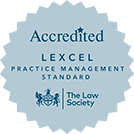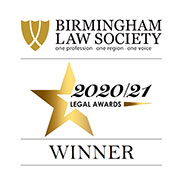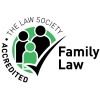
The prospect of impending bankruptcy sadly often brings on a flurry of activity designed to put the debtor’s assets beyond the reach of creditors. However, as one High Court case showed, insolvency practitioners – and judges – were not born yesterday and are very rarely taken in by such arrangements.
The case concerned a man who carried on a business either as a sole trader or in partnership with his wife and daughters. After the business was placed into liquidation and later wound up, HM Revenue and Customs successfully petitioned for his bankruptcy on the basis of £487,000 in unpaid taxes. A trustee in bankruptcy was appointed with a view to realising his assets for the benefit of creditors.
By a swiftly executed series of transactions, however, the business's principal assets – including its machinery, trading name, goodwill and stock – were transferred to, or made available for the use of, a company owned by the man's daughters, of which they were the only directors. The company was alleged to have carried on trading in much the same manner as its insolvent predecessor.
However, after the trustee took action under Section 423 of the Insolvency Act 1986, the Court found that the transactions had been entered into at an undervalue and that the man's motive for doing so was to place the business's assets beyond the reach of its creditors or at least to make it difficult or impossible for them to recover those assets or their value.
The company had agreed to take over a hire purchase liability in respect of one of the business's machines and to pay a deferred sum of £55,000 for other machinery. Expert evidence, however, indicated that it was worth much more than that. No identifiable consideration was given for the business's other assets.
The Court found that the man had manifestly not set out to achieve a realisation of the business's assets which would maximise the value available to creditors. It was in no doubt that the transactions were designed either to completely frustrate the trustee in performing his duty in the best interests of creditors or to render it too difficult, expensive or risky for him to do so in practice.
The Court revoked the transactions so that the relevant assets would be returned to the business or the man's estate. Any right the company might have to possess or use those assets was immediately terminated and it was ordered to cease conducting the business's trade or representing itself as doing so. Those and other orders gave the trustee complete control over the business so that its assets, together with any profits made by the company from their sale or use, would be available to creditors.
For help or guidance on this or other related insolvency law matter, please speak to Leanne Schneider-Rose l.schneider-rose@sydneymitchell.co.uk on 0808 166 8827
 |
 |
 |
 |
 |
 |
|




